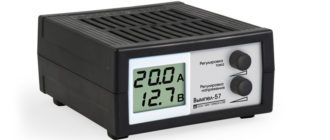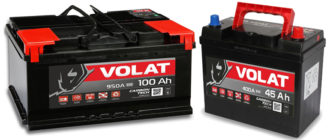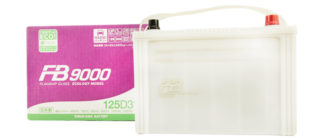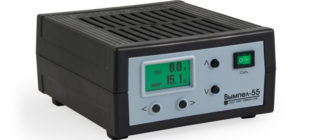Strong battery heating can lead to very undesirable consequences. A critical increase in temperature during operation often leads to failure of both the battery itself and the device in which the battery is installed.
In order to protect yourself from material losses and even from possible injuries, you should understand the circumstances under which heating occurs and how to deal with this phenomenon.
Content
Why does the battery get very hot
Batteries may become warm for the following reasons:
- Battery and discharge current mismatch.
- Attempting to connect the battery to a charger.
- Short circuit.
- Manufacturing defects.
- When using two different batteries.
- When using multiple power supplies with different charge levels.
Also, batteries can get very hot when several elements are turned on in series. Placing an electrical appliance near a radiator or in direct sunlight can also lead to excessive heating of current sources.
Which batteries are most prone to overheating
Most often, a hot battery can be found in powerful devices that operate at relatively high voltage. Usually, finger, pinky and barrel-shaped products are installed sequentially in portable devices of this type and are most susceptible to excessive heat.
Often, elements of the “Krona” type are overheated, especially in a situation where the product is connected to a powerful device.
How dangerous it is and what it can lead to
If the batteries are slightly heated during operation, this is normal, because the current source is connected to an electric circuit and known physical laws act on it.
A completely different situation is when the battery is heated excessively even at rest. In the latter case, this may indicate the presence of irreversible changes inside the battery case.
It is completely unacceptable to act when they try to reanimate the battery with the help of chargers designed for batteries of the same size. In such a situation, the element may explode and cause a fire in the immediate vicinity of objects.
In which devices do the batteries overheat most often
Owners of various remote controls notice that when using such devices there is a strong heating of the product body. Most often this is due to the drooping of the buttons, after which the electronic product begins to generate infrared or radio waves in a constant mode.
In devices that use more than one battery, heating of the batteries is also often observed. Serially connected current sources generate more voltage, which with insufficient contact always leads to an increase in the temperature of metal parts.
How to cool the battery and whether to do it
If the batteries do not cool down even after turning off the electrical appliance, this indicates a short circuit. If the elements are not removed and cooled, they may explode or leak, which will render the household appliance unusable. Especially this phenomenon can be dangerous in children's toys.
After removing and cooling, check the voltage at the contacts of the batteries.In the event of a short circuit, all electrical potential can be used up for a short time, and the battery can no longer be used for its intended purpose.
You should also determine why a short circuit occurred and eliminate the cause of this phenomenon. If this is not done, then the new batteries will also be damaged after installation in an electrical appliance.
If the batteries are heated in a room where the air temperature is high enough, then in this case, it is not necessary to specifically cool the products, but you should try to limit the operation of the device to the maximum in such conditions. They can get very hot in the open sun, when working near a heating device in a mine or in a bath.
In general, small and medium battery heating is not a serious drawback of the operation of such cells. It can only be dangerous to heat such products to the boiling temperature of the electrolyte.








